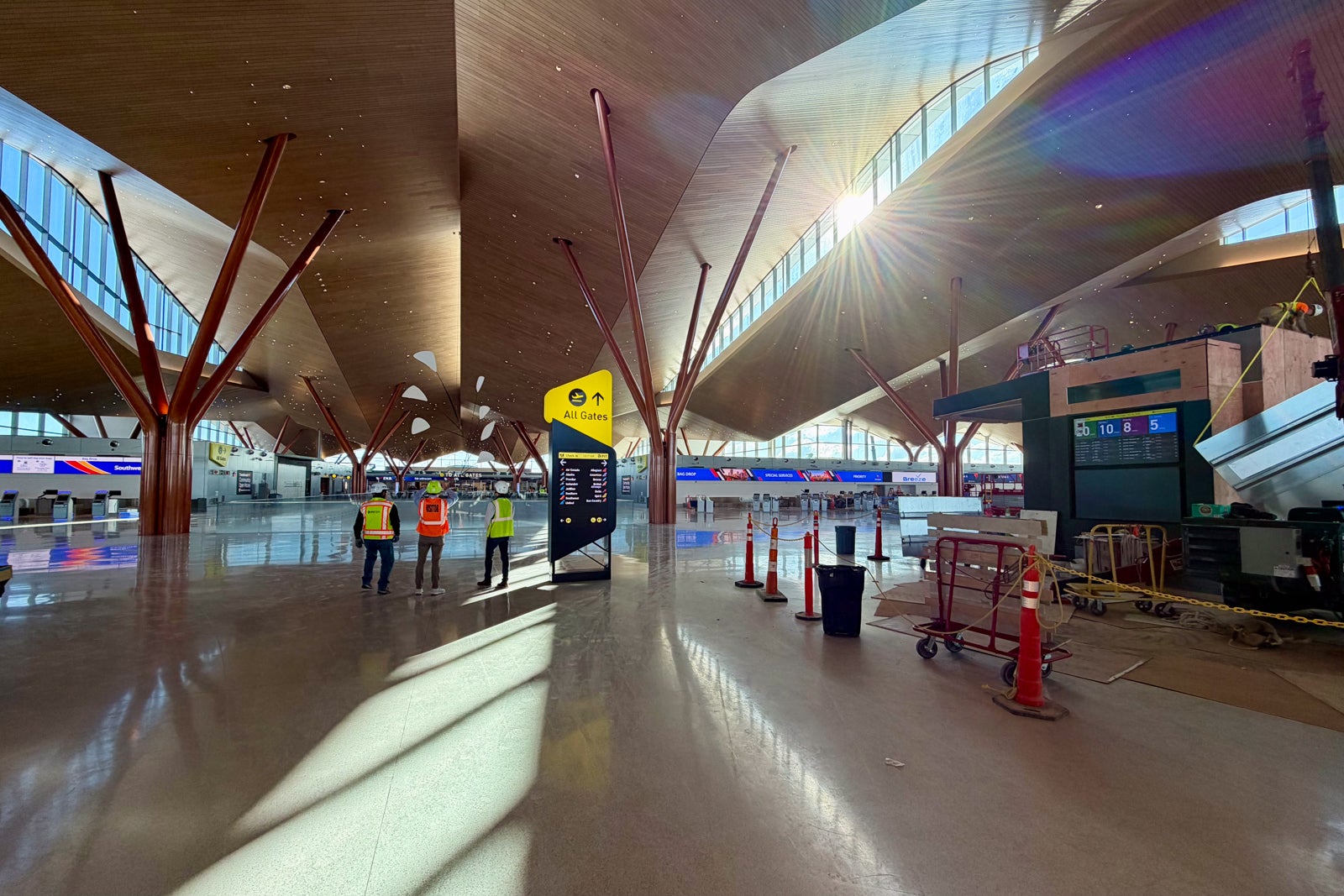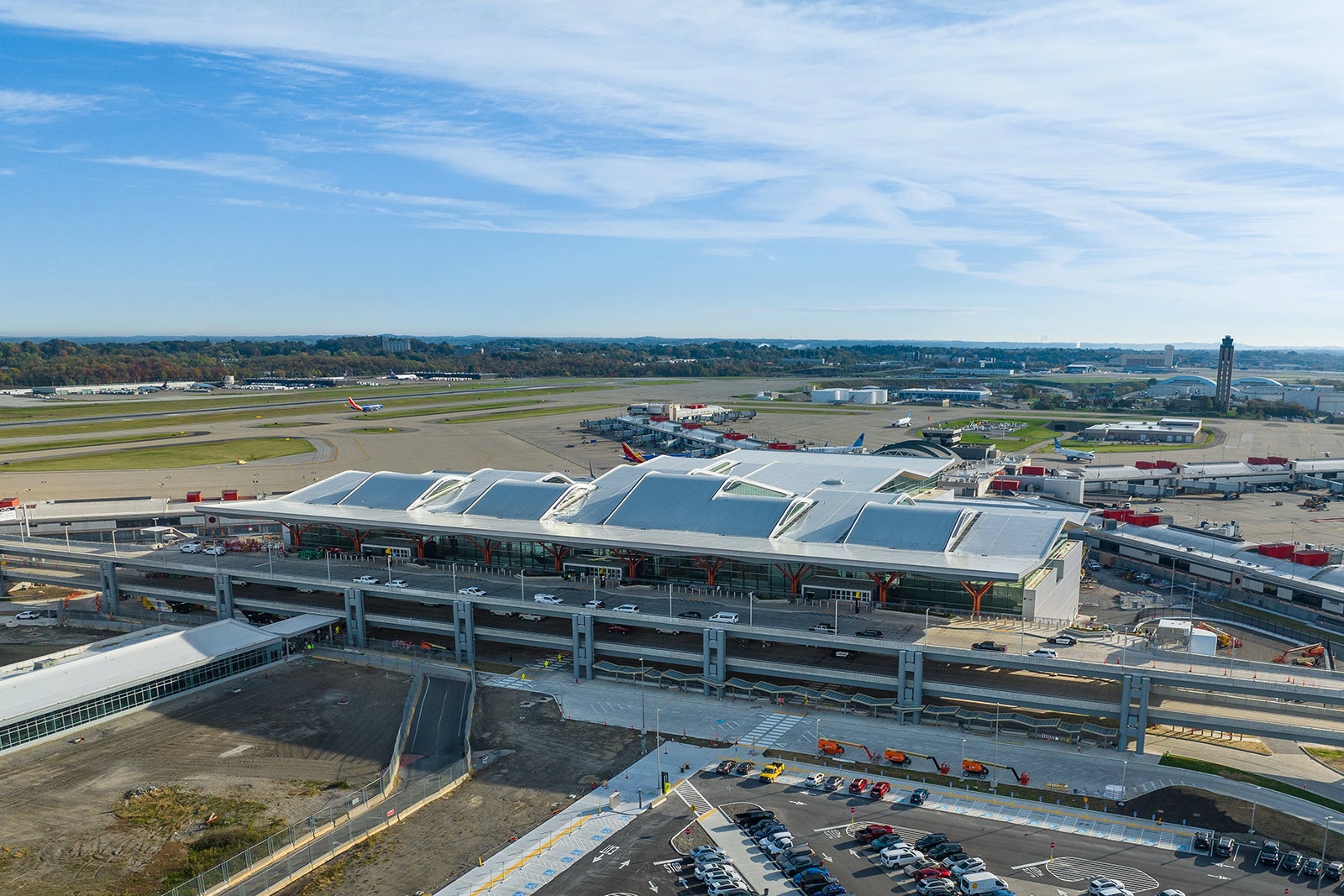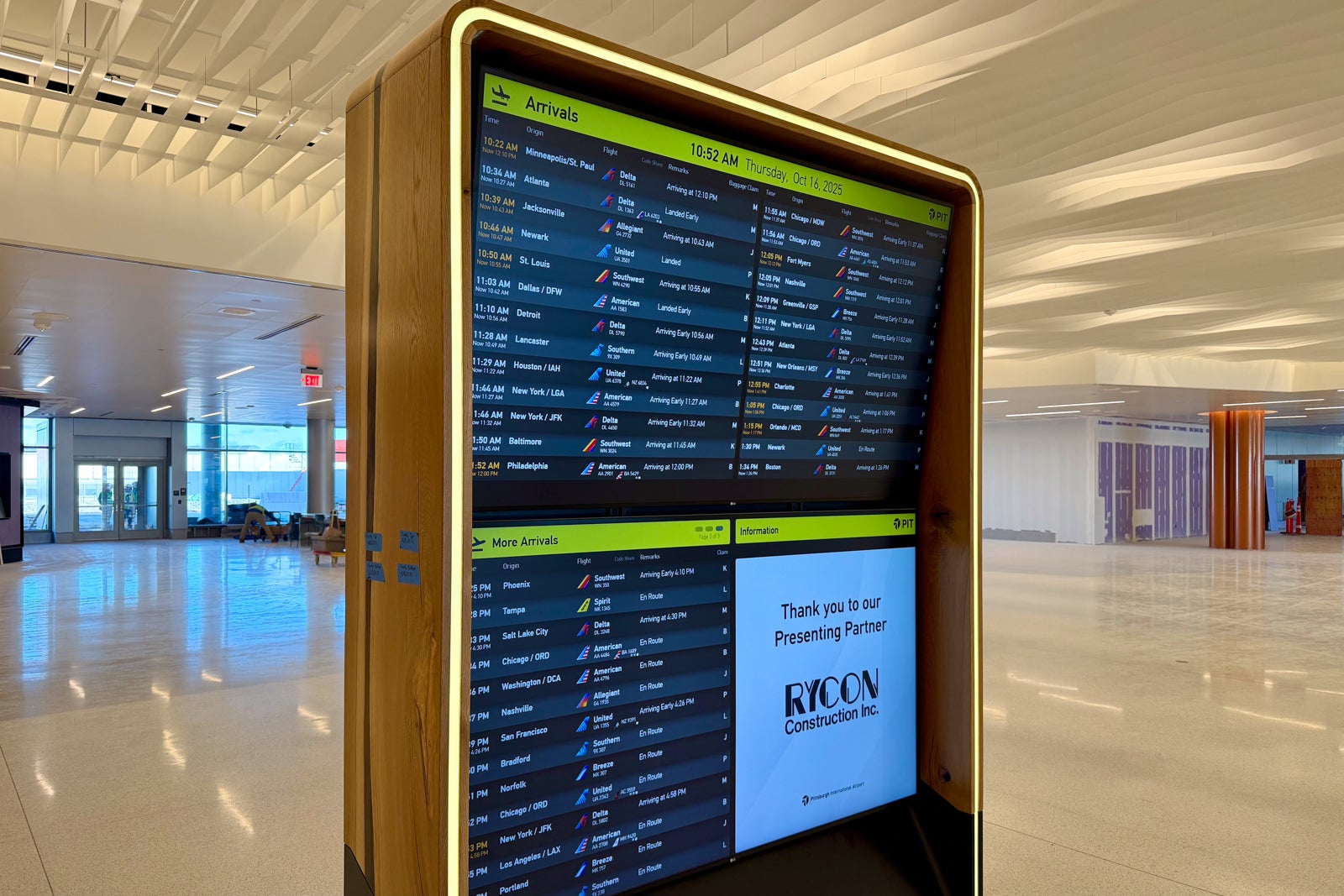Pittsburgh International Airport isn't just unveiling a new terminal; it’s redefining the airport experience. The $1.7 billion transformation, opening Tuesday, goes far beyond spacious gates and gleaming architecture – it’s a complete overhaul of how travelers navigate and understand their journey.
Forget the static signs of the past. Pittsburgh is embracing a dynamic, data-rich approach to airport signage, mirroring a global trend towards smarter, more intuitive wayfinding. The goal? To move beyond simply telling you *where* to go, and instead provide a wealth of information at a glance.
Bold black-and-yellow pylons, a nod to the city’s vibrant sports culture, immediately capture the eye. These aren’t just decorative; they’re strategically placed under the soaring, wood-toned ceiling to direct passengers with maximum visibility. Designers aimed for something “bold and impactful,” creating recognizable landmarks within the expansive new space.

The terminal’s design itself presented a unique challenge. Its sheer size and natural flow meant traditional wayfinding wasn’t as crucial. Instead, the focus shifted to creating “larger, recognizable moments” – like the striking Alexander Calder mobile and the distinctive pylons – to guide travelers effortlessly.
A key element of the refresh is the reimagined flight information display system (FIDS). Inspired by the classic flip signs of yesteryear, each flight now appears as a digital “information card,” offering a clear and concise overview.
In a departure from standard U.S. practice, Pittsburgh is listing flights by departure time, not destination. This globally-adopted method allows travelers to quickly scan for their flight based on when they need to be airborne, streamlining the process and reducing confusion.

Adding to the clarity, the FIDS now prominently displays airline tailfins alongside the airline name. This visual cue allows for rapid identification, eliminating the need to decipher subtle logo differences during a quick scan.
Beyond the core flight details, the new gate signs provide a wealth of useful information at a glance – boarding times, codeshare flight numbers, and more. Passengers have access to more data than ever before, empowering them to stay informed and in control.
The airport is also leveraging the flexibility of digital displays to showcase local photography and imagery when not actively displaying flight information. This subtle touch adds a sense of place and enhances the overall passenger experience.

The first travelers to experience this transformation will be passengers on United Airlines Flight UA794, arriving from San Francisco at 5:12 a.m. Tuesday. Shortly after, Southwest Airlines Flight WN1841 will depart for Denver, marking the official launch of a new era for Pittsburgh International Airport.
This isn’t just about a new building; it’s about a fundamental shift in how airports communicate with their passengers, prioritizing clarity, efficiency, and a seamless travel experience.






